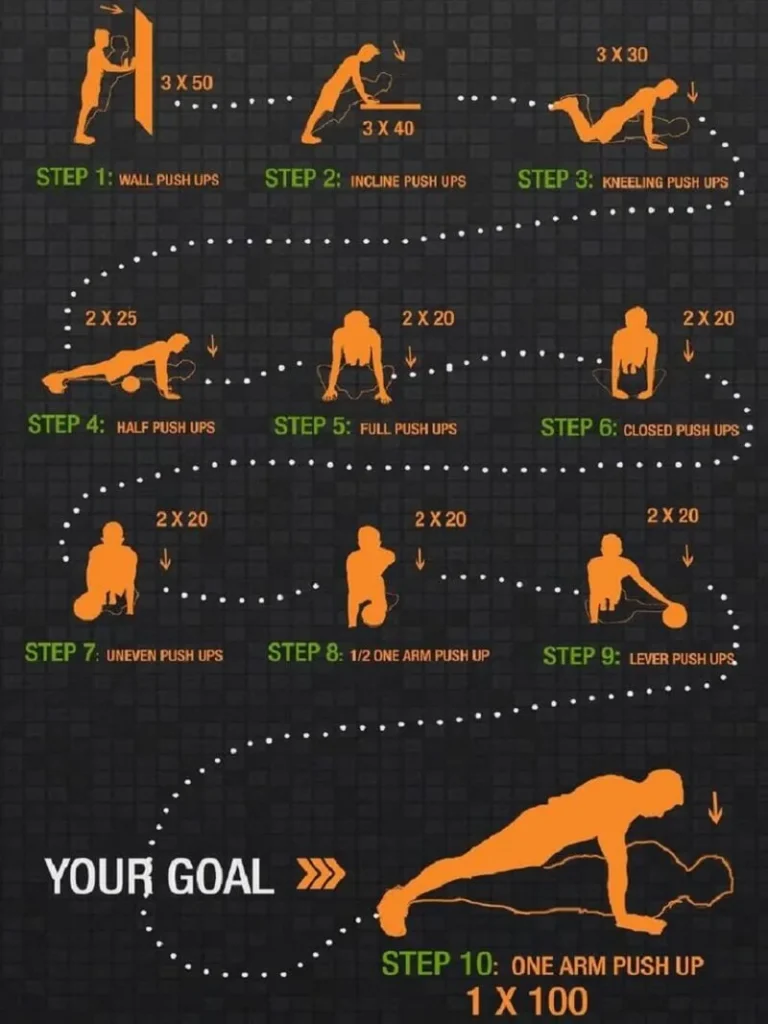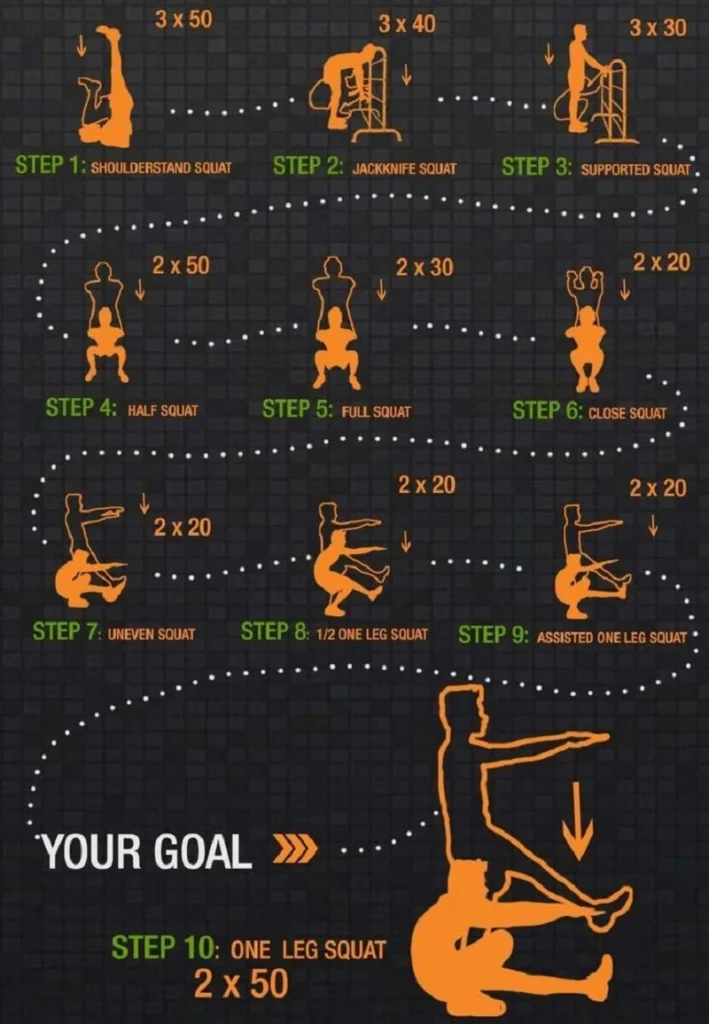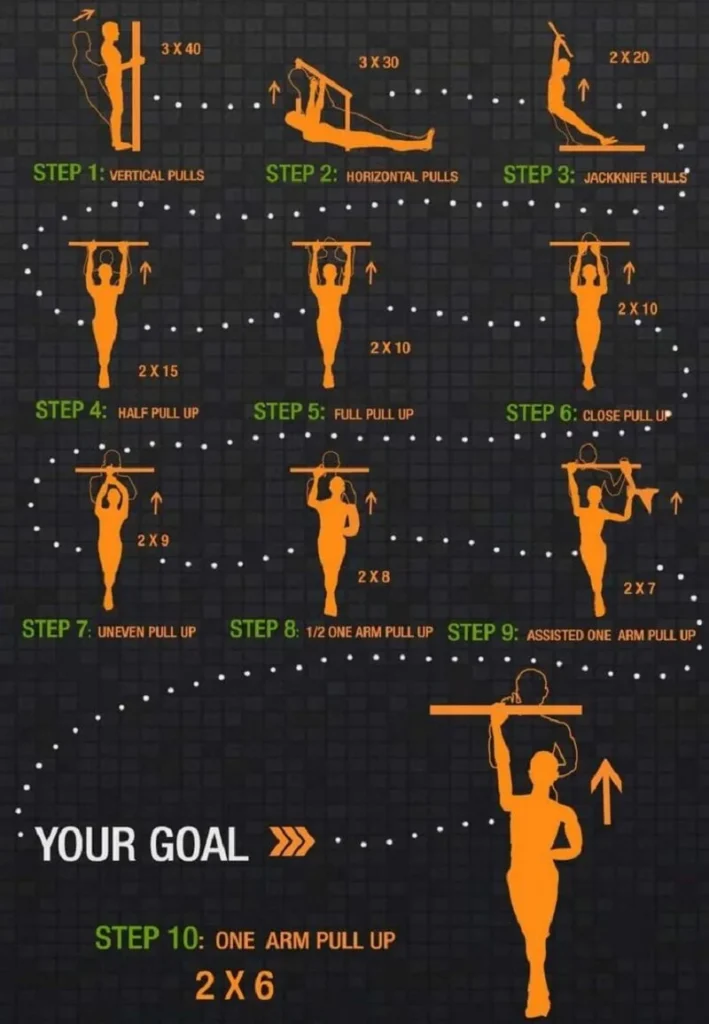Introduction
If you’ve ever wondered about unlocking your true strength without the bells and whistles of modern gym equipment, then “Convict Conditioning PDF” is the book that might change your perspective. Authored by Paul Wade, this unconventional fitness guide challenges the norms of traditional weightlifting, focusing on bodyweight exercises to sculpt a powerful and resilient physique.
| Name of PDF | Convict Conditioning PDF |
|---|---|
| No Pages | 303 |
| Author | Paul Wade |
| Originally Published | 2011 |
| Language | English |
| Genres | Self-improvement |
| Size | 19.25 MB |
| Chek, latest edition |
More book Outwitting the Devil PDF
Table of Contents
The Author’s Perspective
Paul Wade, a mysterious figure within the fitness world, brings a unique approach to training. His philosophy revolves around simplicity and the idea that one can achieve remarkable strength with minimal equipment. Wade’s journey from incarceration to becoming a fitness guru adds an intriguing layer to his perspective on bodyweight exercises.

Foundation: The Big Six Exercises
At the core of Convict Conditioning are the Big Six exercises: push-ups, pull-ups, squats, leg raises, bridges, and handstand push-ups. These fundamental exercises, when mastered progressively, form the foundation of a robust physique. The emphasis on functional strength and muscle control sets this program apart from mainstream workouts.
Progression in Convict Conditioning
Unlike traditional training programs, Convict Conditioning advocates for gradual progression. Each exercise has ten distinct steps, allowing individuals to start at their current fitness level and progressively advance. This approach minimizes the risk of injury while ensuring continuous improvement, effectively avoiding training plateaus.
The Philosophy Behind Convict Conditioning PDF
Convict Conditioning isn’t just about physical strength; it’s a mindset. By embracing the simplicity of bodyweight exercises, individuals not only enhance their physical prowess but also develop mental resilience. The book encourages readers to view challenges as opportunities for growth, both physically and mentally.
Real-Life Success Stories
The impact of Convict Conditioning goes beyond the pages of the book. Numerous success stories showcase individuals who transformed their bodies through dedication to the program. Testimonials highlight the effectiveness of the approach, inspiring others to embark on their own fitness journey.
Common Misconceptions
As with any unconventional approach, Convict Conditioning faces misconceptions and stereotypes. Addressing these myths head-on, the book dispels preconceived notions and demonstrates that bodyweight training is a legitimate and powerful method for achieving strength and fitness.
Tailoring Convict Conditioning to Your Fitness Level
Whether you’re a beginner or an experienced athlete, Convict Conditioning offers adaptations for all fitness levels. The program’s scalability makes it inclusive, ensuring that anyone can start and progress at their own pace, fostering a sense of accomplishment and motivation.
Critiques and Controversies
No fitness program is without its critics, and Convict Conditioning is no exception. Addressing common criticisms and controversies surrounding the program provides a balanced perspective, allowing readers to make informed decisions about incorporating it into their fitness routine.
How Convict Conditioning Differs from Traditional Training
In a world dominated by gym culture and high-tech equipment, Convict Conditioning stands out. By contrasting it with traditional weightlifting, the article illustrates the unique advantages of bodyweight exercises, emphasizing functional strength and the ability to work out anywhere.
The Accessibility of Convict Conditioning
One of the book’s strengths lies in its accessibility. With minimal equipment required, Convict Conditioning breaks down barriers to fitness. The flexibility to perform workouts in various locations caters to individuals seeking a versatile and convenient approach to staying in shape.
Building a Community Around Convict Conditioning
The Convict Conditioning community extends beyond the book. Online forums and communities provide a platform for individuals to share experiences, ask questions, and offer support. This sense of community enhances the overall experience, making the fitness journey more engaging and collaborative.

Incorporating Convict Conditioning into Your Routine
Practical tips on integrating Convict Conditioning exercises into daily life make the program sustainable. Whether you’re at home, in a park, or traveling, the adaptability of bodyweight exercises ensures that fitness remains a consistent part of your routine.
Measuring Progress and Setting Goals
Without relying on traditional metrics like weights and machines, Convict Conditioning offers alternative ways to measure progress. Setting achievable goals within the framework of bodyweight training provides a sense of accomplishment, motivating individuals to continue their fitness journey.
About Book: Convict Conditioning PDF Book Download by Paul Wade
All of this was made possible by classic, old-fashioned calisthenics. Although these physical activities are virtually extinct outside of prisons, word of them has been passed down through the generations in certain areas. The only reason this knowledge has persisted in the prison setting is that there aren’t many other training opportunities available to keep inmates occupied most of the time.
No aerobics and no pilates classes. Prison gyms are all the rage these days, but believe me when I say that they are a relatively recent invention and are often ill-equipped. I’ve read everything I can about physical development techniques, training regimens, and equipment-free or minimally-required methods.
I’ve had the honor of witnessing hundreds of incredibly athletic and strong men who were trained in prison work out solely with their bodyweight. Download the Convict Conditioning PDF Book Due to their humble social status and personal histories, many of these guys have practically Olympian strength and fitness, but you’ll never see them or read about their training in magazines.
I’ve talked to these men in-depth about their techniques and seen what these men are capable of. It has been an honor for me to become friends with and spend extended periods of time with the previous generation of prisoners; these are men who were old enough to recall the strongmen of the second Golden Age of physical culture, who met the old strongmen, heard their theories, and understood how they exercised.
I took their lead and used brutal training methods day and night until my hands bled and my body hurt. I also coached other athletes’ drill teams, which helped me become even more proficient in bodyweight exercises. The human body doesn’t need to move dumbbells or barbells in the wild. It must be able to move itself around before it can move anything external at all!
The back and arms need strength to be able to pull or push the body up or away, while the legs need strength to be able to easily manage the weight of the torso in athletic motions like running or combat. Download the Convict Conditioning PDF Book The fact that so many contemporary bodybuilders are unaware of this is disheartening. Their primary goal in training is to be able to move outside objects.
Though they might get very good at it, this strategy ignores and ultimately compromises the fundamental principle of athletics, which is self-movement. I’ve encountered massive trainees who were capable of squatting five hundred pounds, yet they waddled up a staircase with the wheezing sound of elderly men. I know a powerlifer who can bench press four hundred pounds, but his physical development is so uneven and unnatural that he can barely comb his hair.
Since calisthenics is fundamentally a form of movement training, it will not result in any of these movement issues. Convict Conditioning PDF Classic calisthenics will make you incredibly strong, but no matter how good you get at it, you will always become more nimble and flexible in your movements since you are teaching your muscles to move your body, not something else.
You will only require a baseball and a basketball. Almost any large retailer sells these at a reasonable price. Basketballs were the preferred weapon of the old-timers, but basket halls are more affordable and functional. If you’d like, you can use any other roughly-sized object in place of basketballs or baseballs.
An alternative that is quite practical is a stack of three flat bricks, which is roughly the size of a basketball; one flat brick is almost as thick as a baseball. Make sure that whatever you use is secure, won’t break, and won’t hurt you. Anything with sharp edges or brittleness is not acceptable.
A key consideration when using an object to gauge your pushup depth is to avoid colliding with it. Reduce your height until you barely make contact with the baseball, basketball, or other object you are using. Convict Conditioning PDF We used to say, to figure out how hard you should press in prison.
At the bottom of the pushup, your upper chest should only come into contact with the baseball with the same amount of force you would use to kiss a baby on the forehead, for example. Not any more, not any less. The hills and close pushups go back a long way. Although they are an essential part of the pushup series, they are frequently disregarded in favor of more visually appealing exercises like decline and plyometric (clapping) pushups.
This is unfortunate because learning how to perform a close pushup is a necessary step towards becoming an expert one-arm pushup performer. Convict Conditioning PDF Because it’s hard for them to press themselves up from the bottom position—where the arm is bent the most—most athletes struggle with the one-arm pushup. This is a result of their bows’ weakness when bent past a right angle.
Compared to full pushups, the athlete must naturally bend his elbows more to reach the bottom position during close pushups due to the way the hands are placed. This increased flexion of the elbow strengthens the tendons in the wrist and elbow and trains the triceps.
Consequently, athletes who have gotten used to this exercise will find that one-arm pushups are much easier to perform when the time comes. While building endurance is an intriguing and fulfilling byproduct, I firmly think that bodyweight training should be primarily a strength discipline.
Increasing the number of reps will help you gain endurance, but it won’t have much of an impact on strength once you reach double digits. Convict Conditioning PDF You must figure out how to make the one-arm pushup more difficult if you wish to gain more muscle and strength. To start, you should tighten up your technique as much as possible and slow down your movements to make sure that your muscles are not being overworked.
When your motions are hypnotically fluid and slow, experiment with using the antagonistic muscles to create isometric tension. This basically means that you have to fight for every inch of movement as you move by tensing your arms, shoulders, and back as much as possible. This is an extremely effective form of training that will significantly intensify your workouts.

This is a traditional high school assignment. Convict Conditioning PDF Raise your feet off the ground, grab hold of parallel bars or two surfaces on either side of your body, and bend at the elbows and shoulders to lower yourself down. Once the upper arms are parallel to the ground, continue bending the elbows and then push back up. Aim to maintain an upright posture.
Putting the feet on a level surface with the hips will make this exercise easier. In this variation, the hands may be positioned on a bench, bed, table, or another surface behind the student. Consequently, this simpler variation is occasionally referred to as bench dips. While they are not exactly pushups, dips and bench dips engage many of the same pressing muscles. The lats, which are the large muscles on the side of the back, are also dynamically and powerfully affected by them.
Conclusion to Convict Conditioning PDF
Convict Conditioning challenges conventional fitness wisdom by emphasizing the power of bodyweight exercises. From its foundational Big Six Exercises to the philosophy that underlines its approach, the book offers a holistic and transformative fitness experience. Whether you’re a fitness enthusiast or a skeptic, exploring Convict Conditioning might just redefine your understanding of strength training.
FAQs about Convict Conditioning PDF free book
What are the six exercises for Convict Conditioning?
push-ups, leg raises, squats, pull-ups, handstands, and bridges
What is Convict Conditioning routine?
a bodyweight strength training program that focuses on progressive calisthenics exercises
Can anyone start Convict Conditioning, regardless of fitness level?
Yes, Convict Conditioning is designed for individuals of all fitness levels, offering scalable exercises for beginners to advanced practitioners.
Are the exercises in Convict Conditioning safe for those with joint issues?
The progressive nature of the program allows individuals to start at a level that suits their capabilities, minimizing the risk of joint strain.
Can Convict Conditioning replace traditional weightlifting for muscle building?
While it focuses on bodyweight exercises, Convict Conditioning complements traditional weightlifting and offers unique benefits for muscle development.
Is Convict Conditioning suitable for older individuals looking to improve their fitness?
Yes, the program’s adaptability makes it suitable for individuals of various age groups, allowing them to tailor the exercises to their capabilities.
How long does it typically take to see results with Convict Conditioning?
Results vary, but consistent dedication to the program often yield
What is rugby conditioning?
fitness drills which, for example, include static exertions (e.g. wrestling), leg power (e.g. driving contact shield), maximal intensity sprinting, and agility
What are the big six convict conditioning?
push-ups, leg raises, squats, pull-ups, handstands, and bridges
What is the big six convict conditioning?
pullups, bodyweight squats, handstand pushups, bridges, leg raises, and pushups.
What is meaning convict conditioning?
a program of bodyweight exercises, or calisthenics
What are the benefits of convict conditioning?
helps you attain a brutally strong body as well as how to gain solid muscles





